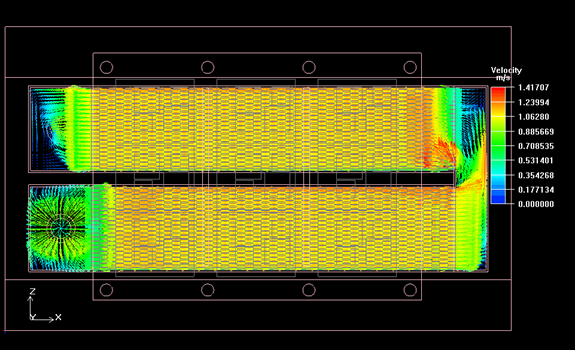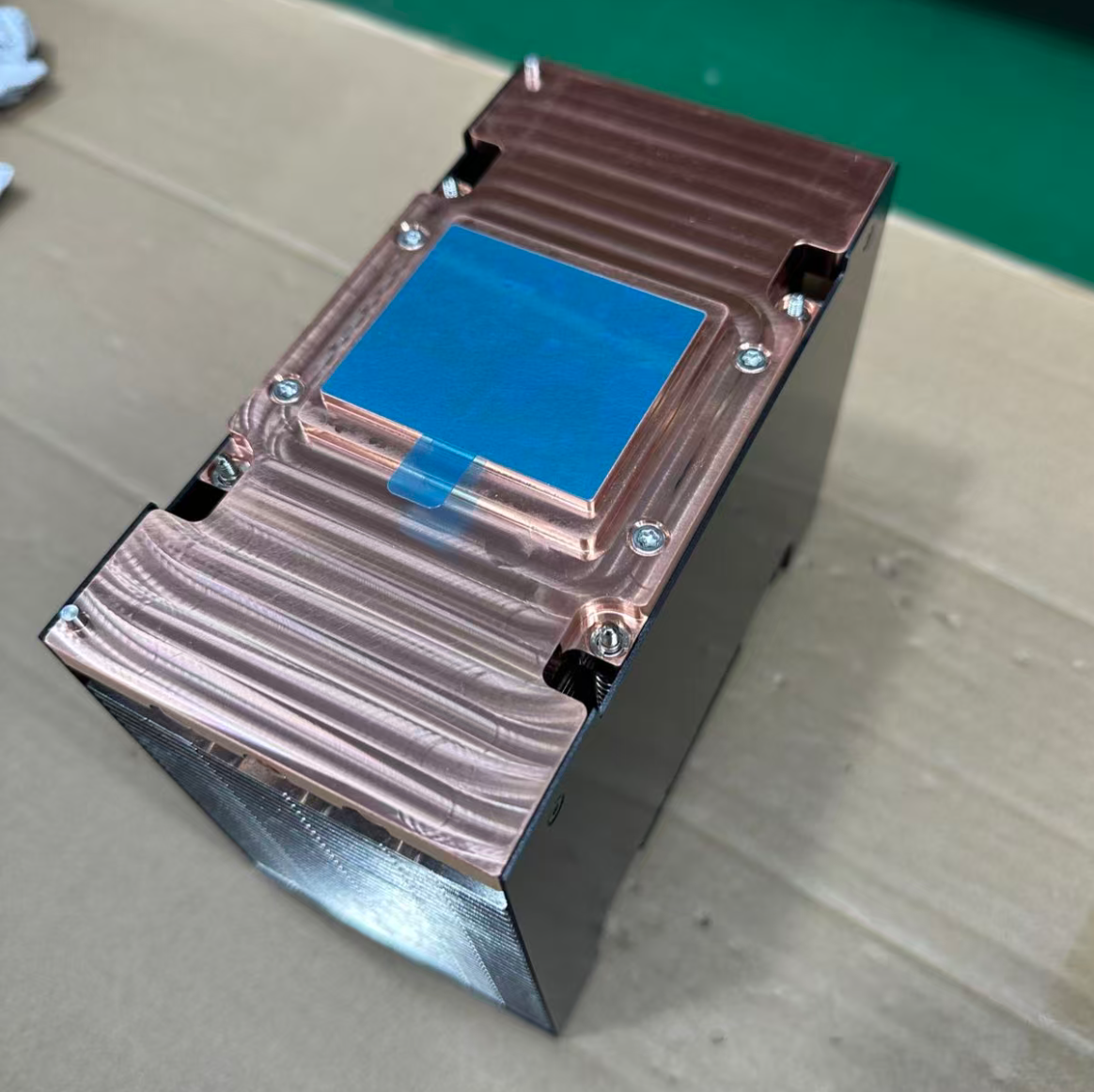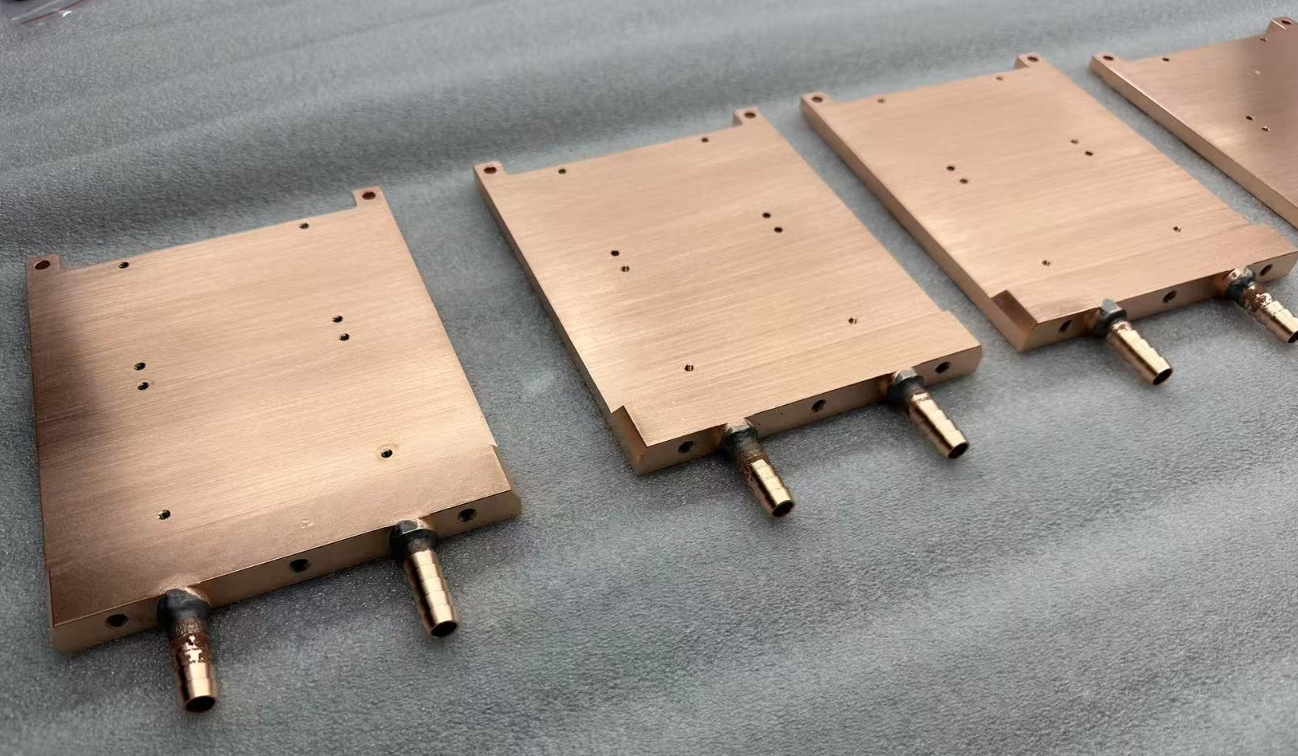Introduction: The Rising Importance of Liquid Cold Plate Technology

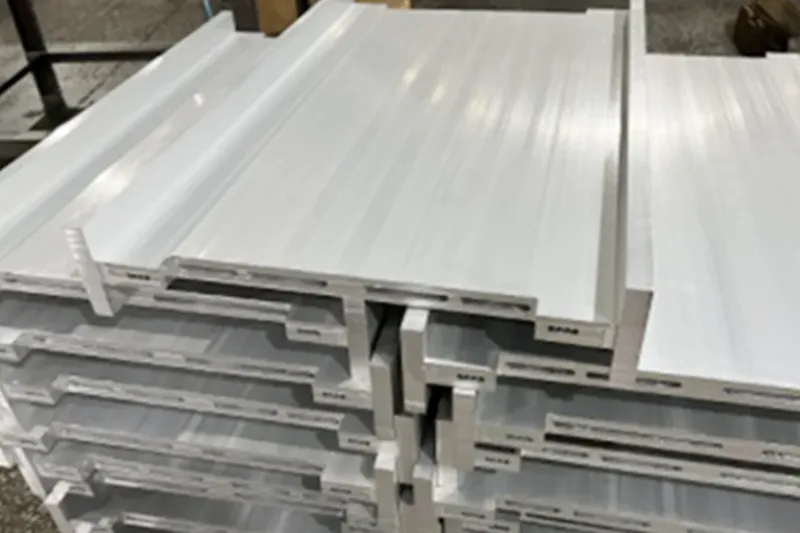
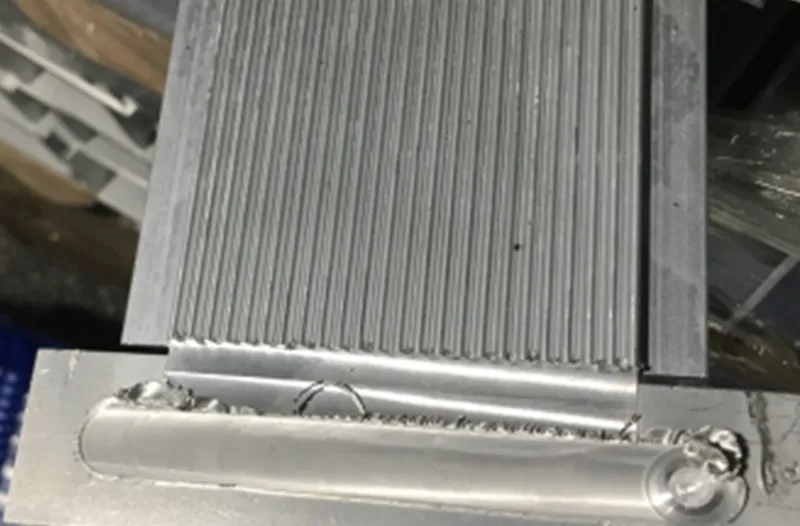
In the rapidly evolving field of thermal management, the extrusion liquid cold plate technology has emerged as a critical component, especially in high-power electronic systems. As a leading extrusion liquid cold plate manufacturer, we recognize the growing demand for custom thermal solutions tailored to specific requirements. This article aims to shed light on the fundamentals of extrusion liquid cold plate technology, its advantages, and obtaining a custom solution that meets your precise cooling needs.
The Significance of Extrusion in Thermal Management
Extrusion liquid cold plates, employing the process of extrusion, are at the forefront of modern cooling techniques. This method has become increasingly popular due to its effectiveness in dissipating heat from components like high-performance CPUs, power converters, and more.
Target Audience
This guide is crafted for engineers, system designers, and decision-makers in industries where efficient thermal management is crucial. Whether you are in the electronics, aerospace, or automotive industry, understanding the benefits and applications of custom extrusion liquid cold plates can be instrumental in optimizing your thermal solutions.
Liquid Cold Plate Technology Overview

Delving into the world of thermal management solutions, it’s essential to understand the workings of liquid cold plate technology, particularly the extrusion type. This section provides an overview, comparing it with other cooling methods and highlighting its unique benefits.
The Basic Principles of Liquid Cold Plates
Extrusion liquid cold plates utilize a process where a fluid (typically water or a coolant mixture) is circulated through channels within a metal plate, often aluminum or copper. This method effectively removes heat from the surface in contact with electronic components or other heat sources, efficiently managing high heat loads.
Comparing Extrusion Liquid Cold Plates with Other Cooling Technologies
- Versus Air Cooling: While air cooling is standard, it could be more efficient in managing high heat densities. Extrusion liquid cold plates offer superior cooling by directly removing heat with a fluid medium.
- Versus Heat Pipes: Heat pipes are effective for specific applications but may be limited in heat transfer capacity. Liquid cold plates provide uniform cooling, especially for larger or more complex systems.
Advantages of Extrusion Liquid Cold Plates
In custom thermal solutions, extrusion liquid cold plates stand out for their efficiency and adaptability. This section highlights the key advantages they offer, particularly in the context of custom designs.
High-Efficiency Thermal Management
Extrusion liquid cold plates excel in managing high heat loads, making them ideal for applications in high-power electronics and other heat-intensive industries. Their efficiency lies in the direct cooling approach, where the coolant absorbs heat more effectively than air, improving thermal performance.
Flexibility in Custom Design
- Tailored for Specific Needs: One of the main strengths of extrusion liquid cold plates is the ability to be customized according to specific requirements. Whether it’s varying the channel design or integrating unique features, these plates can be tailored to meet the exact cooling needs of any application.
- Material Selection: Depending on the thermal conductivity requirements and chemical compatibility, manufacturers can choose from various materials, including aluminum and copper, for the extrusion process.
Long-Term Stability and Reliability
Custom extrusion liquid cold plates are designed not just for optimal performance but also for durability. Their construction ensures long-term stability and reliability, making them a cost-effective solution in systems where consistent cooling is critical over extended periods.
The Process of Customizing Extrusion Liquid Cold Plates
Customizing an extrusion liquid cold plate involves a detailed process to ensure it meets the specific cooling requirements of an application. This section outlines the steps involved in creating a tailored solution.
Analyzing Customer Requirements
The first step in customizing a liquid cold plate is understanding the client’s unique needs. This includes assessing the thermal load, spatial constraints, and specific application requirements. A thorough analysis ensures the design aligns with the functional and performance expectations.
Design and Prototyping
- Creating a Custom Design: A custom design is drafted based on the initial analysis. This involves deciding on the channel layout, material selection, and overall dimensions of the cold plate.
- Prototyping for Precision: Before mass production, a prototype is often created. This allows for real-world testing and adjustments, ensuring the final product will perform as expected.
Performance Testing and Validation
After prototyping, the liquid cold plate undergoes rigorous testing. This includes:
- Thermal Performance Testing: To ensure the cold plate meets the cooling requirements.
- Durability and Reliability Checks: Verifying that the container can withstand long-term use without performance degradation.
Application Cases and Success Stories
The versatility of extrusion liquid cold plates makes them suitable for various industries. This section showcases various applications and success stories, highlighting the impact of custom solutions.
Applications Across Diverse Industries
- In Electronics: Used to cool high-performance CPUs, GPUs, and power converters, ensuring stability and efficiency in computing systems.
- Aerospace Applications: Vital in managing the thermal loads of avionics and other aerospace components, where reliability is critical.
- Automotive Sector: Increasingly used in electric vehicles for battery cooling and working heat in power electronics.
Success Stories of Custom Solutions
Sharing real-world examples where custom extrusion liquid cold plates provided effective solutions:
- Case Study in High-Performance Computing: Describing how a tailored cold plate improved the thermal management of a supercomputer.
- Success in Aerospace: Showcasing a project where a customized liquid cold plate was instrumental in the cooling system of a satellite.
Choosing the Right Manufacturer and Partner
A competent and reliable manufacturer is crucial when considering a custom extrusion liquid cold plate solution. This final section guides evaluating manufacturers and establishing a successful partnership.
Evaluating a Manufacturer’s Capabilities
- Expertise in Custom Designs: Look for a manufacturer with a proven track record in designing and producing custom liquid cold plates.
- Technological Proficiency: Assess their technical capabilities, including the latest manufacturing techniques and testing facilities.
- Material Quality and Sourcing: Ensure that the manufacturer uses high-quality materials and has reliable sources.
Collaborating with Your Manufacturer
- Communication is Key: Effective communication throughout the design and manufacturing process is essential. This includes clear articulation of requirements and open feedback channels.
- Partnership Approach: Seek a manufacturer willing to work as a partner, offering insights and suggestions to optimize the cold plate design for your needs.
Conclusion: Embracing Custom Extrusion Liquid Cold Plate Solutions
Extrusion liquid cold plates represent a pivotal advancement in thermal management, offering bespoke solutions for various high-performance applications. Organizations can make informed decisions when selecting a solution by understanding the technology, its advantages, and the customization process. We encourage potential users to collaborate closely with experienced manufacturers to develop a solution that perfectly aligns with their thermal management requirements, driving innovation and efficiency in their respective fields.

